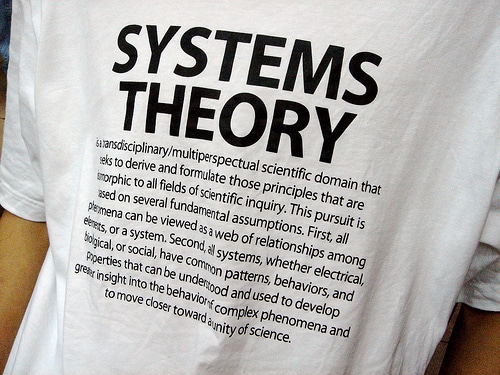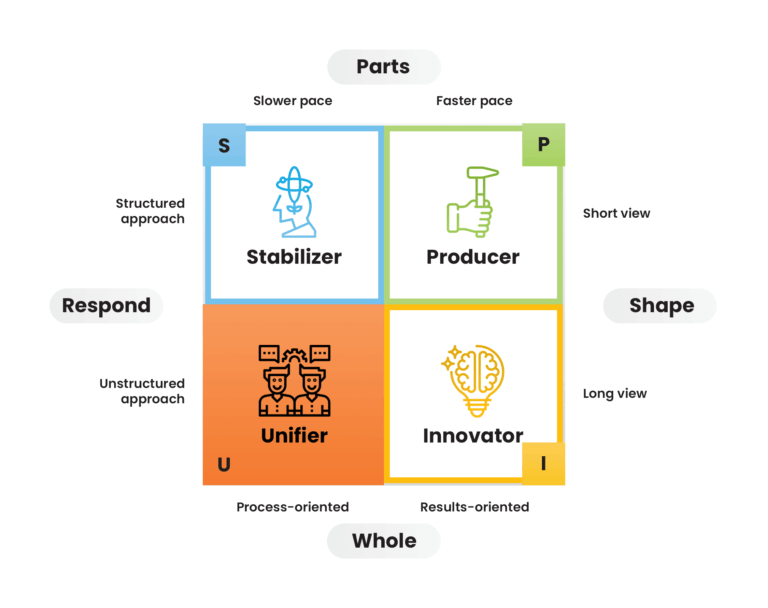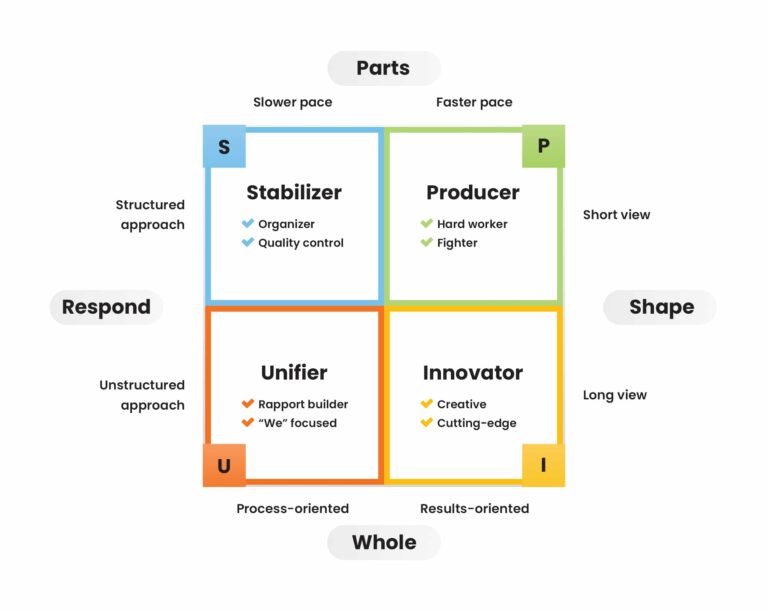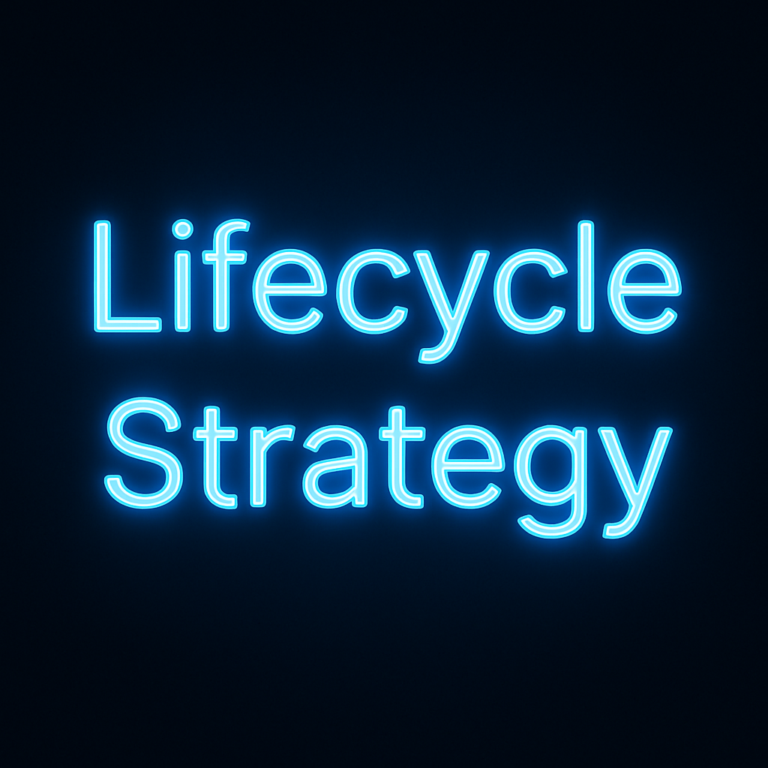
The Universal Success Formula
The Formula That Predicts Success or Failure Summary Insight: Every system fails or thrives based on one thing: how well it manages energy. Learn to spot and stop entropy before it kills your business, health, or momentum. Key Takeaways: Success







